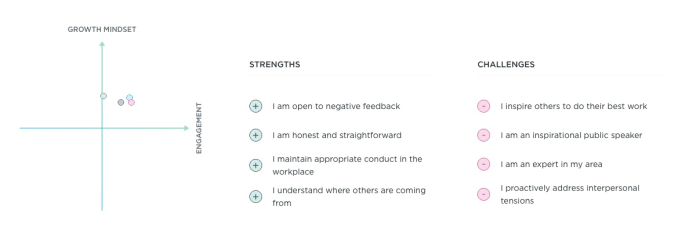Verizon (which owns the company that owns TechCrunch) announced today that it has activated its 5G Ultra Wideband Network in parts of Minneapolis and Chicago. The news is the first step for the carrier’s plan to bring the technology to north of 30 U.S. cities at some point this year.
It’s all still baby steps, of course. While the roll out has started a week ahead of schedule, it’s only available in “parts” of the two Midwestern cities, according to the company. Those in the right spots, however, can expect top speeds of up to 1Gbps, per Verizon’s press materials.
Here are the areas that will get coverage:
In Chicago, 5G coverage is concentrated in areas of the West Loop and the South Loop, around landmarks like Union Station, Willis Tower, The Art Institute of Chicago, Millennium Park and The Chicago Theatre. Customers also have 5G Ultra Wideband service in the Verizon store on The Magnificent Mile and throughout The Gold Coast, Old Town and River North.
In Minneapolis, service is concentrated in the Downtown area, including Downtown West and Downtown East, as well as inside and around U.S. Bank Stadium, the site of this weekend’s NCAA men’s basketball Final Four. Verizon 5G Ultra Wideband service is also available around landmarks like the Minneapolis Convention Center, the Minneapolis Central Library, the Mill City Museum, Target Center and First Avenue venues, The Commons, areas of Elliot Park and in the Verizon store in The Mall of America.
The other big rub here is the extremely limited availability of 5G handsets at present. The phones were seemingly all over the place at Mobile World Congress back in February, but actually getting your hands on one is another question entirely. Currently the Moto Z3 is the only phone that can access those speeds on Verizon, when paired with the 5G Moto Mod.
It’s important to temper expectations in all of this. Full coverage — especially for those outside of major cities — is going to take a while. And even for those who are in big cities, chances are it’s going to take a while to get it. That’s going to be coupled with limited availability of 5G options (Apple, for one, isn’t expected to go 5G until 2020 at the earliest) and some high-price premiums on already expensive flagship devices.
That said, the long-promised era of 5G is, indeed, finally dawning.
Source: Tech Crunch Mobiles | Verizon flips on 5G for phones in parts of Chicago and Minneapolis
